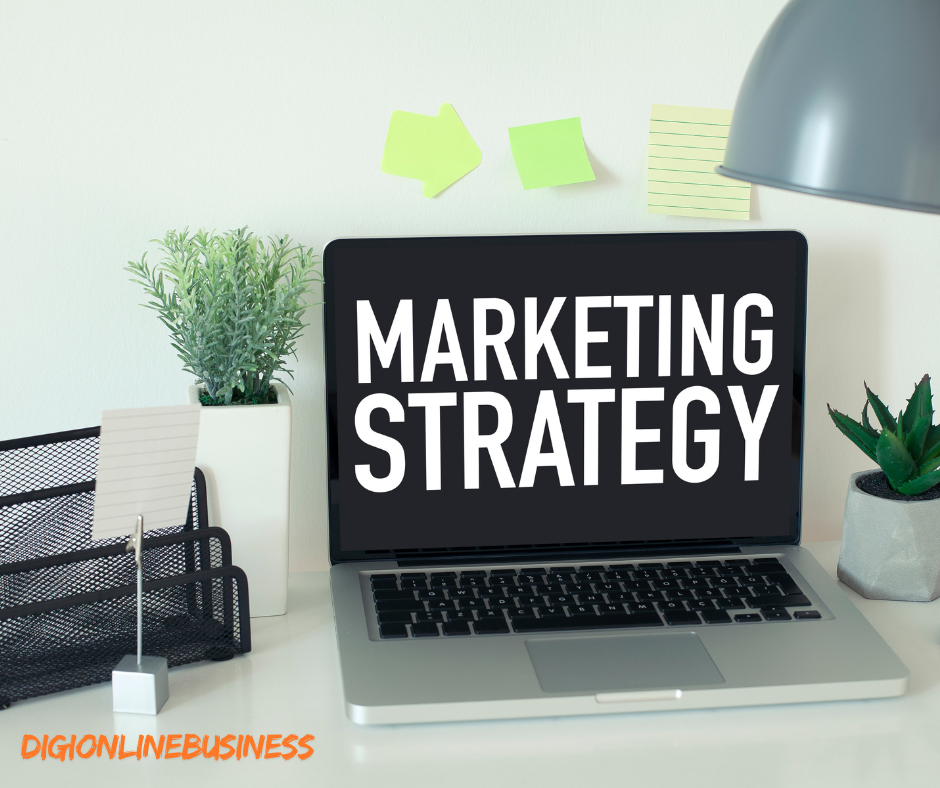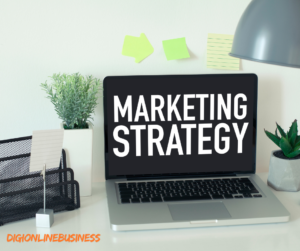Proven Strategies to Accelerate Your Online Business Growth
In the ever-changing digital landscape, entrepreneurs constantly seek effective methods to drive growth and enhance their online presence. Rapid advancements in technology and shifting consumer behaviors demand a dynamic approach to business strategy. With the right methodologies, you can not only boost your revenue but also cultivate a loyal customer base that supports your brand. Here are ten proven strategies to help your online business grow quickly and stay ahead of the competition.
1. Optimize Your Website for Search Engines
Search Engine Optimization (SEO) serves as the foundation of your online visibility. It involves the art and science of improving your website’s rankings on search engines like Google to attract organic traffic. The first step in this process is keyword research. Identifying relevant keywords that resonate with your target audience is crucial. For instance, an online bakery should target keywords such as “artisan bread” or “custom cakes.” Tools like Google Keyword Planner and SEMrush can help uncover valuable keywords.
Next, implement on-page SEO by optimizing title tags, meta descriptions, and headers. These elements give search engines context about your content, increasing your chances of higher rankings. However, keywords alone aren’t enough—high-quality content is essential. Creating valuable, informative content, such as a blog post titled “The Health Benefits of Whole Grains,” can boost SEO and establish your brand authority. Additionally, focus on building backlinks by collaborating with reputable websites to signal credibility to search engines.
2. Leverage Social Media Marketing
Social media platforms like Facebook, Instagram, and LinkedIn offer unique opportunities to connect with your audience and promote your business. Choose the platforms that best align with your target demographic—for instance, Instagram and TikTok are ideal for younger audiences. Regularly posting and engaging with your followers through comments, messages, and live sessions fosters community and loyalty.
Invest in paid social media advertising to amplify your reach. Platforms like Facebook Ads allow precise targeting based on user behavior, interests, and demographics, ensuring your campaigns reach potential customers effectively. For example, an online fitness brand can target individuals interested in wellness and exercise.
3. Harness the Power of Email Marketing
Despite the rise of social media, email marketing remains one of the most cost-effective ways to grow your online business. Start by building your email list using lead magnets, such as discounts or free guides. For example, offering a 10% discount for first-time subscribers encourages sign-ups.
Segment your email list based on customer behavior to deliver personalized messages. For instance, sending tailored product recommendations based on past purchases can significantly increase engagement. Use email automation tools like Mailchimp to ensure timely communication, such as a welcome email sequence that sets a positive tone for customer relationships.
4. Invest in Paid Advertising
Paid advertising, including PPC campaigns, social media ads, and display ads, can help you reach a wider audience quickly. Effective targeting is key—identify your ideal customer and craft campaigns that resonate with their needs. For example, a brand selling skincare products could target users searching for “sensitive skin solutions.”
Experiment with A/B testing to optimize ad performance by tweaking headlines, images, and calls to action. Analyze metrics such as click-through and conversion rates using tools like Google Analytics to refine your strategy based on data insights.
5. Prioritize Customer Experience
A seamless customer experience is crucial for retaining customers and driving repeat business. A user-friendly website with intuitive navigation, fast load times, and mobile compatibility can significantly enhance satisfaction. For instance, potential customers are likely to abandon slow-loading websites.
Personalization is another key factor in customer satisfaction. Use data to offer tailored recommendations—such as suggesting skincare bundles based on a customer’s previous purchases. Additionally, provide multiple support channels like live chat and email to resolve inquiries quickly, building trust and reliability.
6. Focus on Content Marketing
Content marketing helps establish your brand as an authority in your niche while driving organic traffic. Create valuable content in various formats, including blog posts, videos, and infographics, to cater to diverse audience preferences. For example, a video tutorial on “How to Choose the Right Running Shoes” can attract fitness enthusiasts.
Guest blogging is another powerful strategy. Collaborating with reputable sites in your niche allows you to reach new audiences while building backlinks to improve SEO. Repurpose existing content into different formats—for instance, turning a blog post into an infographic—to maximize its reach.
7. Build a Strong Brand Identity
A consistent brand identity differentiates your business and fosters customer loyalty. Maintain consistency in visual elements like logos, colors, and messaging across all platforms to create a cohesive appearance. For example, using a specific color palette in all marketing materials makes your brand instantly recognizable.
Sharing your brand’s story and values can establish an emotional connection with your audience. For instance, highlighting sustainability efforts can appeal to environmentally conscious consumers. Invest in high-quality visuals to elevate your brand’s professionalism and appeal.
8. Leverage Influencer Marketing
Collaborating with influencers can significantly expand your reach and enhance your credibility. Choose influencers whose values align with your brand and who engage authentically with their followers. For instance, a vegan brand could partner with a popular vegan influencer to reach a targeted audience.
Authentic partnerships are key to successful campaigns. An influencer genuinely sharing their positive experience with your product is more impactful than overtly promotional content. Measure campaign performance using metrics like engagement rates and traffic generated to assess ROI.
9. Utilize Retargeting Strategies
Retargeting helps re-engage users who interacted with your site but didn’t convert. Platforms like Google Ads and Facebook allow you to target these users with ads reminding them of products they viewed. For example, displaying ads for items left in a cart can encourage customers to complete their purchase.
Tailor retargeting ads based on user behavior. For instance, offer discounts to cart abandoners or promote related products to previous visitors. Incentives such as limited-time offers can further increase conversions.
10. Continuously Analyze and Adapt
Regularly reviewing performance metrics ensures your strategies remain effective in a dynamic market. Use tools like Google Analytics to track website traffic, user behavior, and conversion rates. If a traffic source underperforms, adjust your approach accordingly.
Set clear KPIs to measure success, such as increasing website traffic by 20% within a quarter. Staying agile and data-driven allows you to pivot strategies when necessary, ensuring long-term success in the competitive digital marketplace.
By implementing these ten strategies—ranging from SEO and social media marketing to email campaigns and continuous analysis—you can enhance your online presence, attract more customers, and drive sustained revenue growth. Adaptability and proactive planning are key to thriving in the ever-evolving digital business environment.




